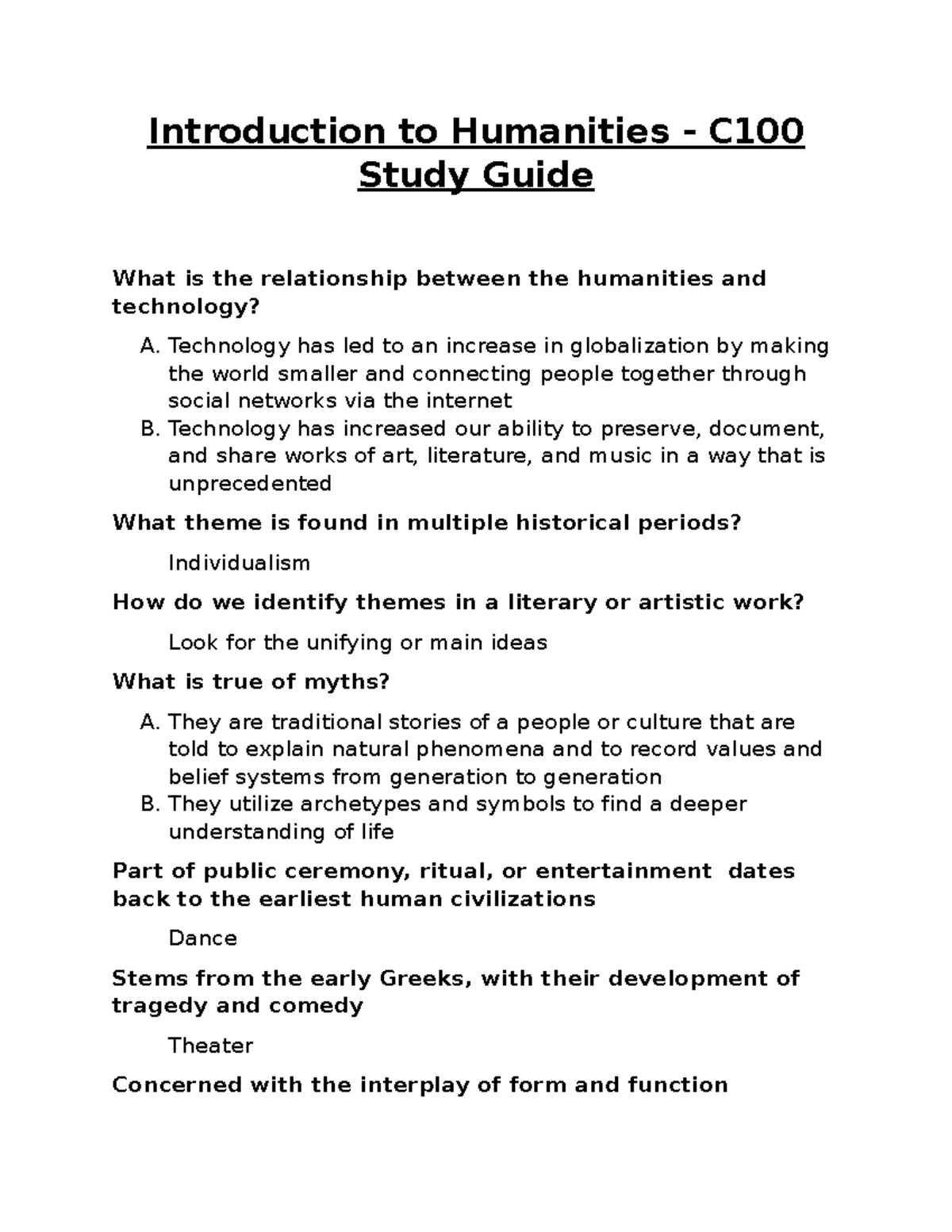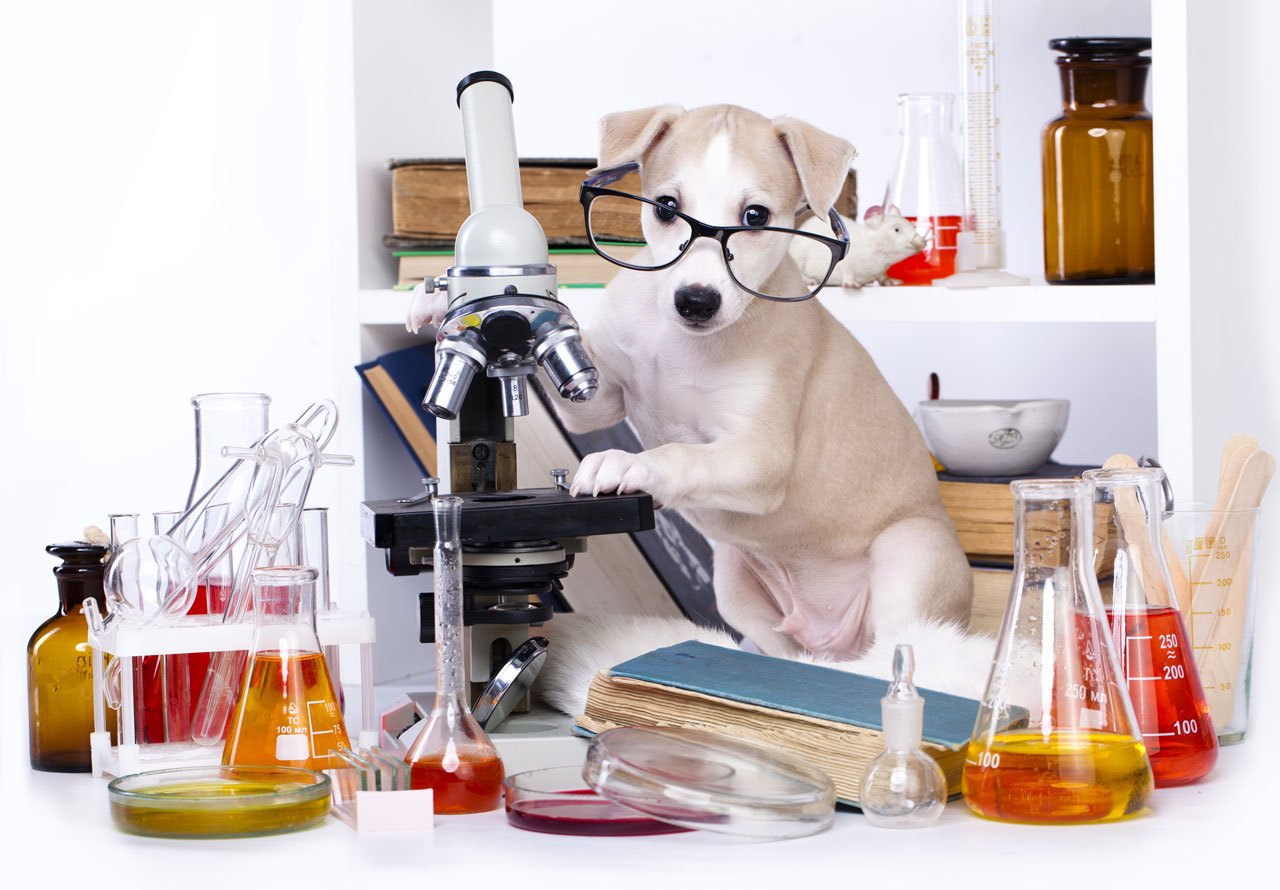AI in photojournalism is revolutionizing the landscape of visual storytelling, unlocking new possibilities while simultaneously posing significant challenges. As photography technology evolves, artificial intelligence offers innovative approaches to preserving photo archives, ensuring that the work of renowned photojournalists remains accessible and impactful. Kira Pollack, a leading figure in this realm, is leveraging AI to safeguard historical visuals, particularly through her research at the Shorenstein Center. By employing AI solutions to catalog and contextualize images from the likes of war photographer Christopher Morris, Pollack aims to enhance the understanding of visual narratives while addressing concerns about the integrity of the medium. In an age where the impact of AI on photography is a major topic of discussion, it is crucial to balance innovation with ethical considerations, preserving truth in visual storytelling.
The integration of AI into the field of visual journalism marks a transformative era in how we document and interpret events. This burgeoning technology enables photojournalists to effectively manage and safeguard their extensive photographic collections while addressing the increasing complexities of digital media. Kira Pollack, a pioneer in adapting these technological advancements, explores the intersection of artificial intelligence and traditional journalism. Her efforts focus on creating a sustainable way to curate and present historical photographs, ensuring that these visual narratives do not fade into obscurity. As the dialogue around photojournalism technology continues to evolve, the need for a thoughtful approach to the preservation and presentation of imagery becomes ever more critical.
The Intersection of AI and Photojournalism
The emergence of artificial intelligence (AI) is reshaping the landscape of photojournalism, presenting both challenges and opportunities. Renowned visual storyteller Kira Pollack highlights how AI technologies, while perceived as threats due to issues like copyright infringement and the rise of deepfake images, can also provide pathways for innovation in preserving the integrity of photojournalism. As Pollack embarks on her research at the Shorenstein Center, she emphasizes the importance of understanding and harnessing AI’s capabilities to safeguard the rich visual history encapsulated in professional photographers’ archives.
In her approach, Pollack aims to bridge the gap between technology and visual storytelling, fundamentally challenging how we perceive and preserve photographic work. The potential application of AI tools in cataloging and contextualizing extensive photo archives offers a new narrative dimension. This initiative could revolutionize how photojournalists document events, ensuring their powerful stories are accessible and understood while retaining the essence of authenticity that underpins photojournalism as a craft.
Preserving Photo Archives Through Technology
The preservation of photo archives has emerged as a critical issue in the age of digital transformation, particularly in the realm of journalism. Pollack’s initiative seeks to not only archive existing images but also to breathe life into them by contextualizing their narratives within their historical frames. As she collaborates with notable figures like wartime photographer Christopher Morris, Pollack illustrates the intrinsic value of these archives, where a significant percentage of images remain unpublished, waiting to be reinterpreted and shared with the world.
The integration of AI into archiving processes elevates these images from mere files in dusty boxes to dynamic records of history. Through sophisticated AI models analyzing the visual elements of photographs, insights can be drawn that enhance the understanding of complex narratives. This effort aims to ensure that the stories behind the images, which often represent the defining moments of our time, are not lost to the passage of years or the distractions of technology.
The Role of Kira Pollack in AI and Photography
Kira Pollack’s influence in the field of photojournalism is underscored by her experience in shaping the visual narratives of prestigious publications. As the Walter Shorenstein Media & Democracy Fellow, her work centers on navigating the intersection of AI and traditional photography, exploring its potential to support the core values of journalism. By addressing pressing issues such as copyright and the erosion of authenticity, Pollack advocates for a responsible approach to integrating AI into the realm of visual storytelling.
Her commitment to preserving the artistic voice of photographers is evident in her research, where she rigorously examines the implications of technology on journalism’s foundation. Pollack’s aim is clear: to foster a dialogue that places the integrity of photojournalism at the forefront while utilizing AI’s capabilities to enhance rather than diminish the art of visual storytelling.
Challenges of Trust in Visual Media
As AI’s capabilities grow, so too do concerns regarding the authenticity of visual media. In today’s fast-paced news ecosystem, the mixing of genuine journalism with AI-generated imagery raises essential questions about trust and representation. Pollack articulates these concerns, emphasizing that the ability of generative AI to produce lifelike images without actual events can blur the lines of reality, potentially eroding public confidence in visual media.
In navigating these challenges, Pollack underscores the need for photojournalists to reclaim their narratives by leveraging technology in a manner that bolsters their credibility. By advocating for transparent practices in how images are produced and used, the photojournalism community can resist the encroaching threats posed by AI while reinforcing the values of truth, authorship, and memory. Creating a framework that distinguishes authentic imagery from synthetic representations will be vital for preserving the trustworthiness of photojournalism amidst evolving technological landscapes.
The Future of Visual Storytelling with AI
The integration of AI into visual storytelling presents an exciting frontier for the future of journalism. With tools capable of analyzing the emotional weight behind images, photographers can gain insights that guide their narrative decisions and enhance the impact of their storytelling. Pollack’s exploration into how AI can extract meaningful context from images promises to transform how photojournalists construct narratives, deepening the viewer’s connection to the visual story.
Moreover, as AI continues to evolve, there’s potential for creating richer, more interactive experiences that fully engage audiences. By leveraging AI’s capabilities, photographers can not only present images but also weave complex narratives that reflect the multifaceted nature of human experience. This fusion of technology and artistry could redefine visual storytelling, offering new platforms and methods by which the power of photography can be celebrated and preserved.
The Ethical Implications of AI in Photojournalism
The ethical considerations surrounding AI in photography cannot be overlooked. As technology continues to make headway, the potential for misuse — such as unauthorized image scraping and consent violations — poses risks not only to individual photographers but also to the integrity of the field as a whole. Pollack emphasizes the importance of establishing ethical standards and guidelines that protect artists’ rights while fostering innovation in photojournalism.
Creating a responsible framework for AI usage is essential, as it will allow journalism to harness technology’s benefits while safeguarding the essence of visual meaning. Ongoing dialogue among technologists, ethicists, and photojournalists will be crucial in shaping an ethical pathway forward, ensuring that AI serves as an ally in the quest to preserve authentic narratives, rather than becoming a tool for exploitation.
AI as a Tool for Discovering Hidden Narratives
Pollack’s research aims to unlock the hidden narratives within extensive photo archives, many of which remain overlooked and underappreciated. By utilizing AI’s capability to process and analyze large volumes of visual data, the stories contained within these archives can be unearthed and recirculated. This process is vital for ensuring that important stories are not forgotten, as they provide critical context to our understanding of historical events.
Through the active application of AI in this manner, photojournalists can curate their legacies, allowing new generations to engage with previously unseen images. Pollack’s vision embodies a forward-thinking approach to storytelling, where technology serves as a facilitator for rediscovering and amplifying the voices and experiences during pivotal moments in history. This holistic perspective on archival work holds the potential to enrich our cultural heritage significantly.
Engaging Diverse Voices in Photojournalism
The future of photojournalism hinges on its ability to engage diverse voices and perspectives. Pollack’s work highlights the need to democratize access to photo archives, enabling a broader range of photographers to contribute their insights and experiences. This inclusion is crucial for representing the multifaceted nature of society and ensuring that visual narratives resonate with varied audiences.
By fostering collaboration among photographers, technologists, and the communities they represent, Pollack advocates for a visual storytelling approach that reflects the richness of human experiences. Integrating AI can facilitate this collaboration, offering tools that help uncover underrepresented stories, fostering a more inclusive narrative landscape in photojournalism.
The Impact of AI on the Future of Photography
As we look toward the future, the impact of AI on photography is likely to be profound, influencing various aspects of the craft and industry. Pollack’s insights serve as a wake-up call for photographers and visual storytellers to adapt and engage with these technologies constructively. Rather than viewing AI as solely a threat, embracing it can lead to new forms of creativity and expression that expand the possibilities of visual storytelling.
However, it will be essential to maintain a critical lens on how AI shapes our visual landscape, ensuring that the core values of photography — truth, authorship, and legacy — are protected. The journey ahead will require both innovation and vigilance as the photographic community navigates the intersection of technology and artistry, paving the way for a vibrant future in which authentic visual storytelling thrives.
Frequently Asked Questions
How is AI in photojournalism improving the preservation of photo archives?
AI in photojournalism offers innovative solutions for preserving vast archives by utilizing advanced algorithms to catalog, organize, and contextualize images. For instance, projects led by visual storytellers like Kira Pollack are exploring ways AI can help maintain the integrity of visual records, ensuring that they are accessible and usable for future generations.
What are the challenges AI poses to photojournalism technology?
While AI can streamline processes in photojournalism technology, it also presents significant challenges such as copyright violations and the risk of misinformation through synthetic images. The emergence of AI-generated images may blur the line between reality and fabrication, leading to concerns about trust and authenticity in photojournalism.
Can AI enhance visual storytelling in photojournalism?
Yes, AI can significantly enhance visual storytelling in photojournalism by analyzing and interpreting complex images. This technology allows photojournalists to extract deeper narratives and emotional contexts from their work, ultimately enriching the storytelling aspect of their visual archives.
In what ways is Kira Pollack utilizing AI to protect photographic legacies?
Kira Pollack is employing AI to analyze historical photo archives, aiming to preserve the stories and contexts behind the images. By assessing dynamic narratives and enhancing the discoverability of these archives, her research seeks to maintain the legacy and authorship of photojournalists in the digital age.
What impact does AI have on the integrity of photojournalism?
AI’s impact on the integrity of photojournalism is dual-faceted; it provides tools for archiving and preserving real images while also introducing concerns about the authenticity of AI-generated visuals. Effective use of AI aims to reinforce photographic truth rather than replace it, positioning technology as an ally rather than a threat.
How are photojournalists addressing the implications of AI-generated images on public trust?
Photojournalists are actively engaging in discussions about AI-generated images and their implications for public trust in visual media. Initiatives like Kira Pollack’s research focus on using AI ethically, aiming to safeguard the authenticity of photojournalistic work and the visual record of history.
What initiatives are being taken to explore the ethical use of AI in photojournalism?
Initiatives that explore the ethical use of AI in photojournalism include case studies conducted by professionals like Kira Pollack, who are examining how AI can be used responsibly to enhance archival techniques and support the core values of truth and authorship in photography.
How can AI help make photojournalism more accessible to the public?
AI can enhance public access to photojournalism by organizing vast archives, making them searchable and discoverable. By utilizing AI technology, photojournalists can present their work dynamically, allowing audiences to engage with visual histories more effectively and meaningfully.
What role does the Shorenstein Fellowship play in advancing AI in photojournalism?
The Shorenstein Fellowship provides a platform for research that investigates the intersection of AI and photojournalism. It encourages cross-disciplinary dialogues among technologists, journalists, and ethicists to address critical questions about technology’s role in shaping the future of visual storytelling.
How is the future of photojournalism being shaped by AI advancements?
The future of photojournalism is being shaped by AI advancements through innovations in image analysis, archiving solutions, and the preservation of visual history. By leveraging AI, photojournalists can protect their legacies while adapting to new challenges and opportunities in the storytelling landscape.
| Key Points | Details |
|---|---|
| Threats of AI | AI presents challenges through copyright violations and synthetic images that blur reality. |
| Potential of AI | AI could preserve photojournalistic archives and enhance storytelling. |
| Kira Pollack’s Role | Pollack is a Shorenstein Fellow, researching the intersection of AI and photojournalism. |
| Importance of Archives | Archives hold invaluable, often unpublished, visual records of historical events. |
| AI in Practice | Case studies show AI’s ability to analyze complex imagery beyond basic recognition. |
| Trust Issues | Concerns about generative AI eroding trust in authentic photojournalism. |
| Future Goals | Pollack aims to explore ethical use of AI to shape a trustworthy narrative in photojournalism. |
Summary
AI in photojournalism represents both a challenge and an opportunity. While it threatens the very essence of photographic authenticity, Kira Pollack’s work at the Shorenstein Center suggests that, if harnessed ethically, AI technology can serve to preserve the invaluable archives of photojournalistic history. By creating a framework to catalog and contextualize images ethically, AI can help safeguard these visual narratives and reinforce the fundamental values of truth and authorship in journalism. As such, understanding and responsibly integrating AI in this field is crucial for maintaining integrity while adapting to technological advancements.



